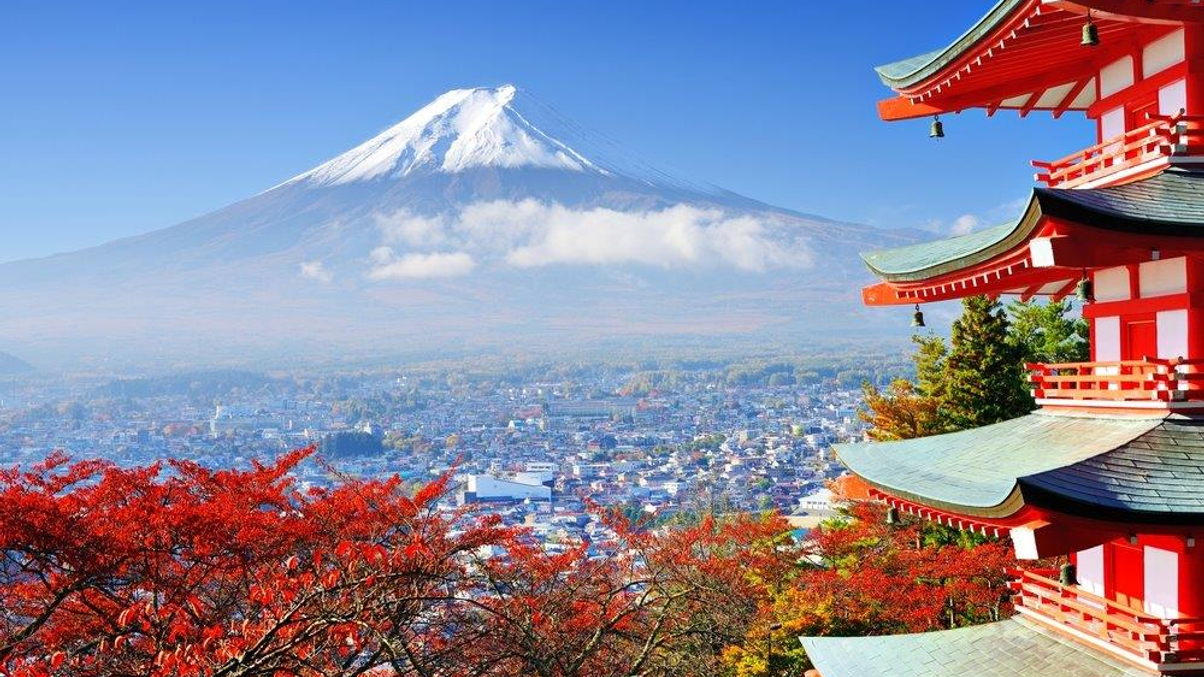France’s FRR plans Japan equity RFP, eyes EM rise
The €36 billion pension reserve fund will invite bids in January for the mandate, as the current one approaches its end. It also expects to increase its emerging markets allocation over time.

France’s biggest pension fund will in January invite asset managers to bid to run its €700 million ($792 million) Japanese equity portfolio. Fonds de Reserve pour les Retraites (FRR), also known as the pension reserve fund, is also likely to raise its allocation to emerging markets, the bulk of which is invested in Asia.
Sign in to read on!
Registered users get 2 free articles in 30 days.
Subscribers have full unlimited access to AsianInvestor
Not signed up? New users get 2 free articles per month, plus a 7-day unlimited free trial.
¬ Haymarket Media Limited. All rights reserved.


